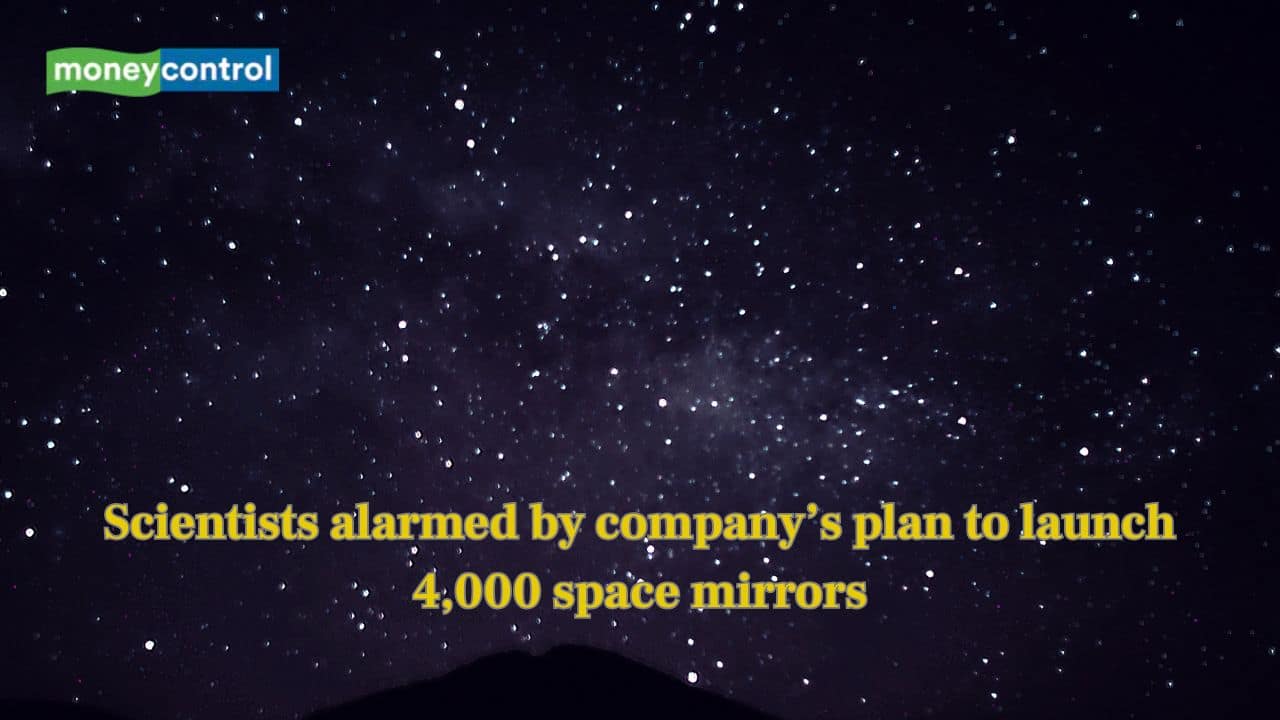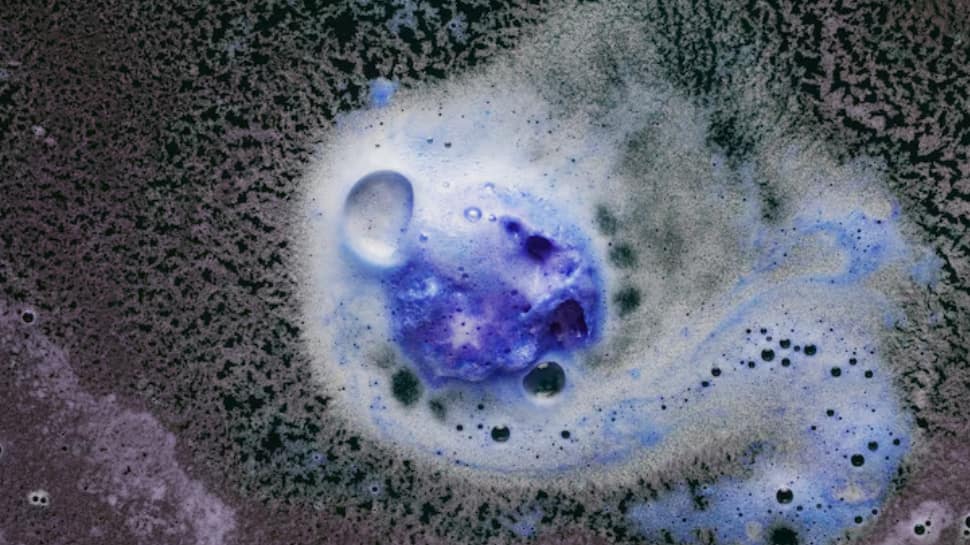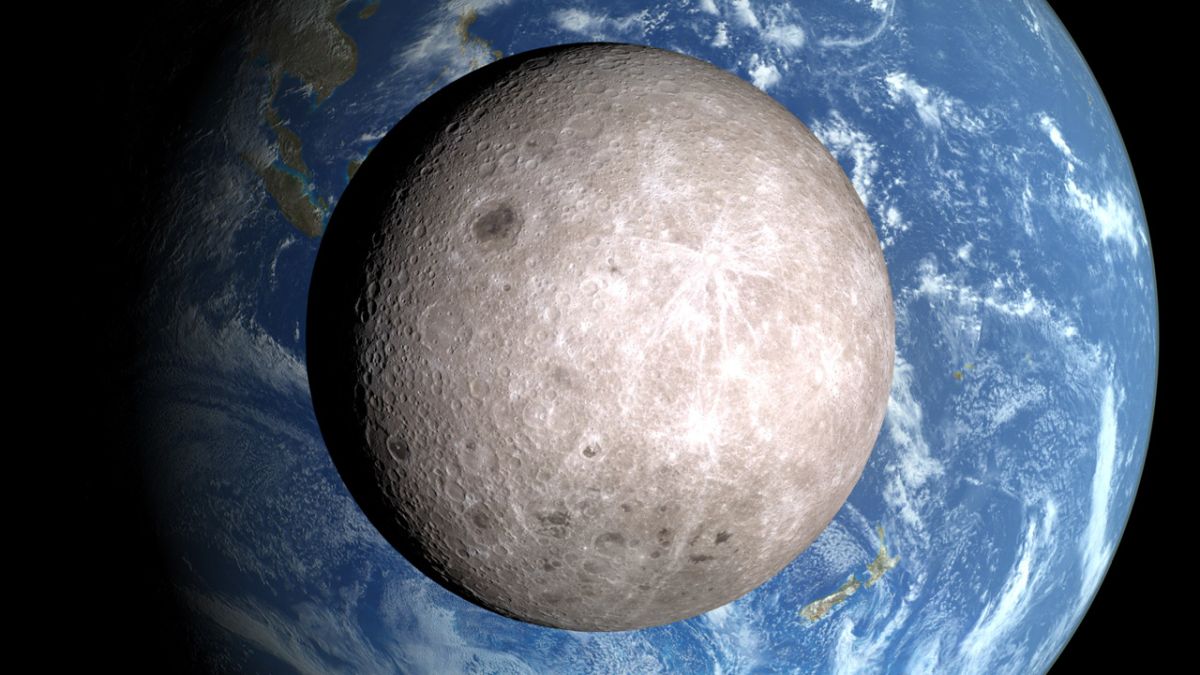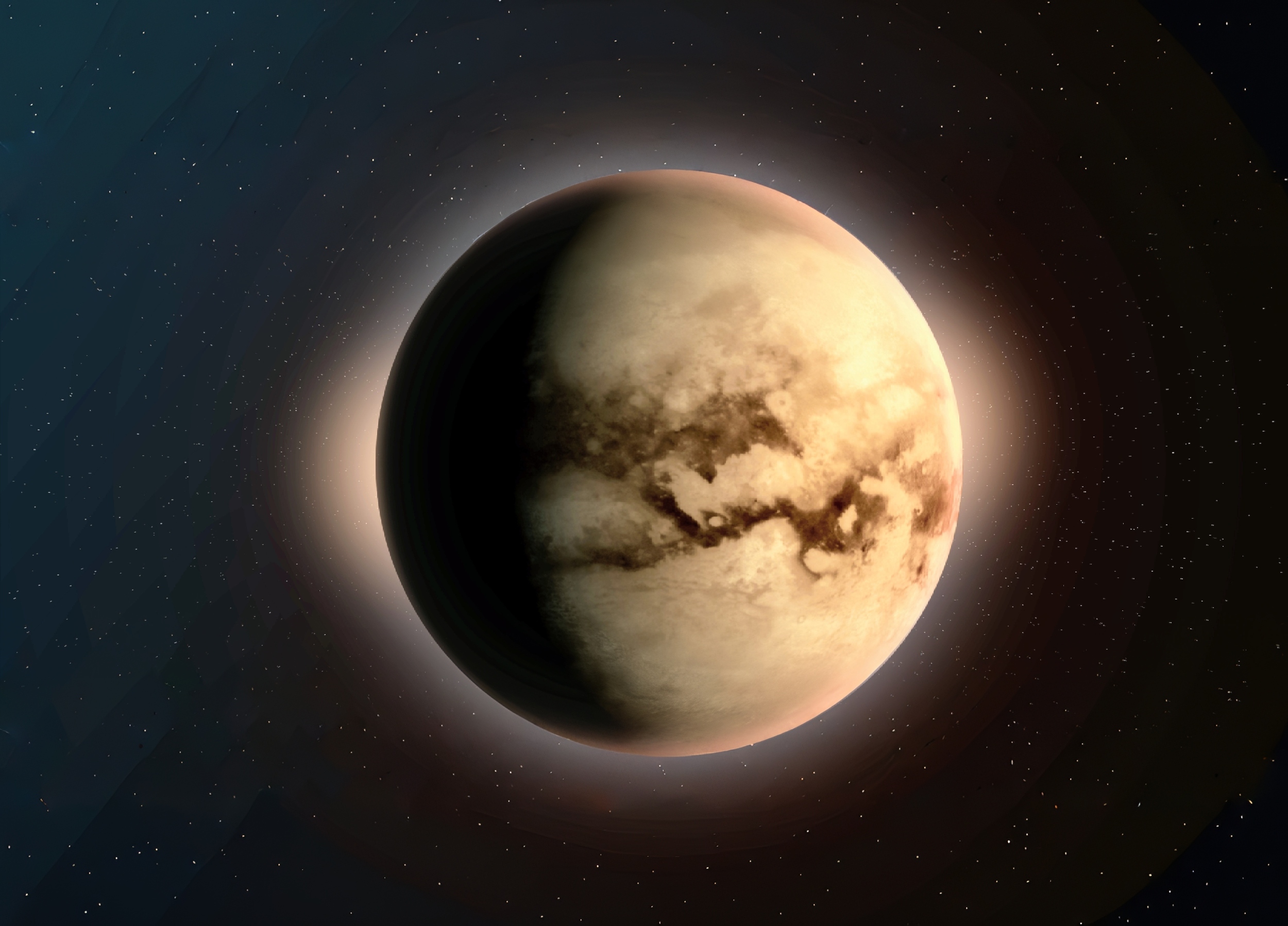Earth's Hidden Companion: Is 2025 PN7 Our Second Moon?

Get ready to look up at the night sky with new wonder because Earth has reportedly gained a new companion: a mini-moon named 2025 PN7. Yes, you heard that right! As if the cosmos weren’t intriguing enough already, this discovery is sparking debates among astronomers and space enthusiasts alike—are we welcoming a buddy for our beloved moon, or is it a potential rival?
In a revelation that feels more like a plot twist from a sci-fi thriller than real life, scientists have identified a small near-Earth object known as 2025 PN7, recently categorized as a quasi-satellite of Earth. This means that for a limited time, our planet will have a second moon-like object coasting alongside it until about 2083.
Picture this: 2025 PN7 isn’t your average moon; it’s a compact celestial body measuring only about 18 to 36 meters wide—roughly the height of a modest office building. It was first detected by the acclaimed Pan-STARRS survey at Hawaii’s Haleakalā Observatory this August, but this little asteroid might have been quietly trailblazing through space as a mini-moon since the 1960s!
Unlike our true moon, 2025 PN7 doesn’t orbit Earth directly. Instead, it revolves around the Sun in a synchronized path similar to Earth’s, giving the illusion of two moons dancing in the sky from our perspective. Scientific calculations indicate that 2025 PN7 will remain in this unique co-orbital relationship with Earth until about 2083, after which gravitational influences from nearby celestial bodies will likely nudge it off its current trajectory.
But wait, what does this mean for our OG moon? Worry not—2025 PN7 poses no danger to Earth. Its small size and stable orbit ensure that it won’t disrupt our lunar peace. However, its existence offers a fascinating opportunity for research. As a member of the rare class known as quasi-satellites, 2025 PN7 provides scientists with a chance to study orbital dynamics and the behavior of near-Earth asteroids up close.
This discovery serves as a humbling reminder that the universe still holds its secrets, and there’s so much more to learn about our cosmic neighborhood. While it’s dubbed a ‘second moon’ for its unique co-orbiting behavior, it’s essential to note that 2025 PN7 isn’t a true moon in the traditional sense—it’s faint, small, and hard to observe. Most sky-watchers will likely need more than casual stargazing to catch a glimpse of this celestial newcomer.

























